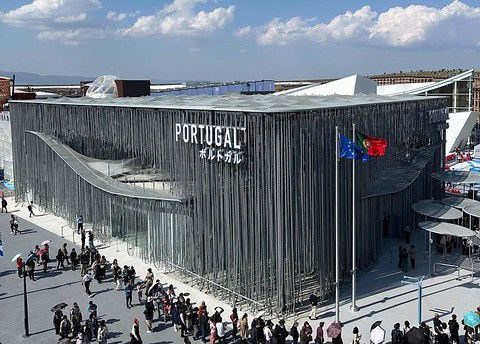The building references the deep and centuries-old relationship between Portugal and Japan, as well as the role of the ocean as a key source of life and the foundation of global sustainability.
The ocean - a bridge connecting two nations and a source of a shared future
More than 500 years ago, the assessment became a bridge connecting two distant cultures - Portugal and Japan. These historic ties, based on trade, cultural and technological exchanges, are today inspiring a new dialogue. Portugal's pavilion at Expo 2025 draws on this history to remind us of the importance of the ocean as a bonding factor between the past and the future. The exhibition space will feature the story of the nation's shipping, discoveries and maritime heritage that have shaped Portugal's identity and influenced the development of international relations. The exhibition showcases not only rich traditions, but also modern technologies that support sustainable development and environmental protection today.
Kengo Kuma - architecture immersed in nature and meaning
The design of the pavilion is an excellent example of the harmonious dialogue between architecture and nature, characteristic of Kengo Kuma's work. The pavilion was created from recycled materials, such as fishing nets, which together with suspended ropes create a light and dynamic structure reminiscent of the rolling sea. This organic form not only symbolizes the fluidity of the ocean, but also underscores Portugal's commitment to a circular economy and reducing its ecological footprint. The building integrates natural light and wind to create an immersive experience that allows visitors to feel as if they are immersed in an aquatic space. The apparent lightness and elevation of the pavilion's form, especially at the top, provides a strong visual accent. The whole invites reflection on man's role in relation to nature and responsibility for the future.




